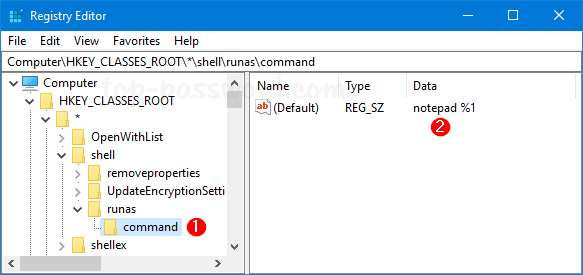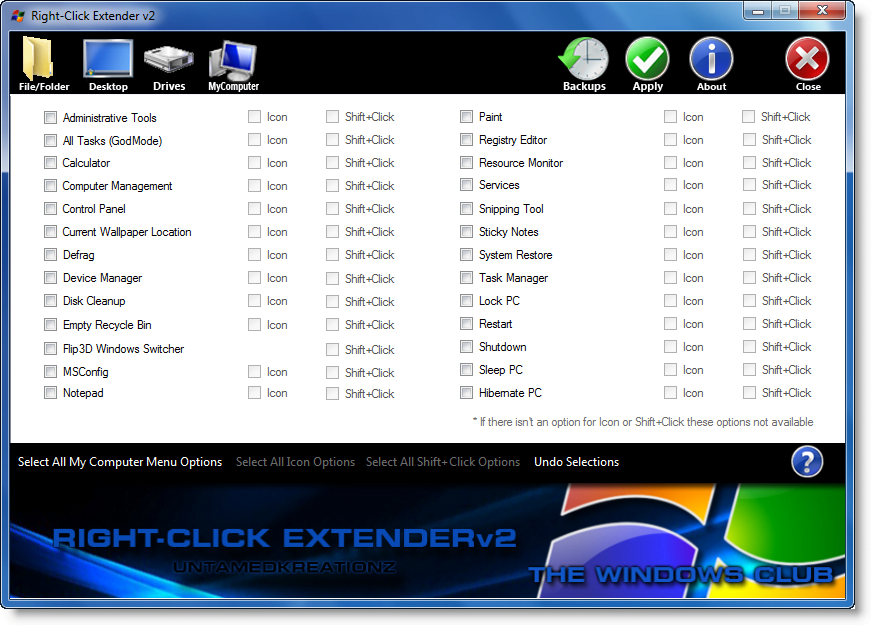

In a standard installation, the per-user configuration files go in %AppData%\Notepad++\. So if you open up the configuration file after you have changed the preference but before you have exited Notepad++, you will not see that change reflected in the file yet.

But this also means that, when you make a change using Notepad++ menus and dialogs (like changing a preference, or saving a macro), your change will not be written to the configuration file until Notepad++ exits. Please note that Notepad++ writes the configuration files when it exits, which is why the Editing Configuration Files section below says that Notepad++ may overwrite your changes. Adding keywords to a language, because the new language version isn’t matched yet.Editing previously-recorded macros, or crafting new macros manually.However, there are some special cases where it is worthwhile to edit the configuration files directly, including: Notepad++ offers a comprehensive user interface to review or change most of its settings. When you click ‘Finish’ then you should see the shortcut you’ve just created appearing in the “Send To” menu, like in the picture above.Configuration Files Details Configuration Files Alternatively you can enter the full path to it if your Windows directory is C:\Windows then the full path to notepad will be C:\windows\system32\notepad.exeĪs the name of the shortcut type whatever you want to see appearing in the “Send To” menu - I chose Notepad above. Right click somewhere in this folder, then from the right click menu, select New -> Shortcut.Īs the location of the item, enter Notepad then Windows will figure out the correct path to it. If you use Windows XP, this folder is located at:Ĭ:\Documents and Settings\Tiposaurus\SendTo

If you’re using Windows Vista or Windows 7, this folder will be in the following location:Ĭ:\Users\\AppData\Roaming\Microsoft\Windows\SendTo This means that if you come across a text file with an extension which is not associated with Notepad then you can open it in Notepad quickly and easily.īrowse to your “SendTo” folder - this is a folder which contains shortcuts which appear in the Send To Menu. What I’ve always found useful since I started using Windows is to add notepad to the “Send To” menu, which is available when you right click on any file in Windows. In this tutorial, we’ll show you how to add noteoad to the windows “Send To” menu.


 0 kommentar(er)
0 kommentar(er)
